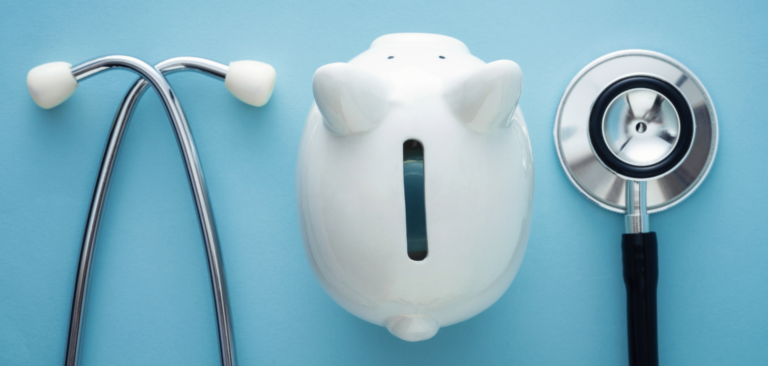
What’s in the Stimulus Bill for Healthcare?
The latest COVID-19 stimulus bill, known as the American Rescue Plan, has gone through its revisions and is ready to take effect. Most of the media and watercooler discussion has been around individual checks that citizens will receive; how much they’ll be, when they’ll be phased out, etc. This is a $1.9T bill though, and there’s more to it than just these checks. Particularly because it’s focused on pandemic relief, quite a few of the provisions are directly related to healthcare, so we thought it would be useful to detail some of the items that are affecting citizens, hospitals, and other healthcare providers.
The bill covers quite a bit of ground, including topics like unemployment, but we’re going to focus in on a few specific healthcare related items.
The Virus Itself: Testing and Vaccinating
-
As much as people have moved their thinking toward vaccines as opposed to testing, the relief bill earmarks around $50b for testing and contact tracing activities and about half that toward vaccine deployment. The largest allocation in this regard is $47.8B that will be directed to the Department of Health and Human Services (HHS) that will pay for testing supplies, a national testing strategy, contact tracing, and data analysis. The overall idea is to reduce the spread of the virus through rigorous testing, tracing, and monitoring its spread.
-
On the vaccine front, money is being allocated to the Centers for Disease Control and Prevention (CDC) along with HHS for vaccine acquisition, manufacturing, tracing, distribution, research, and to promote public confidence in taking the vaccine. $10b is also allocated specifically under the Defense Production Act for medical supplies for both the current pandemic and in preparation for future public health crises.
Healthcare Facilities
-
Around $14.5B is allocated for healthcare services and support for the Department of Veterans Affairs.
-
$8.5B has been allocated for rural hospitals that will cover both healthcare expenses and some lost revenues associated with the pandemic.
-
More than $8B will be used for all levels of public health departments. These funds will cover PPE, hiring for a variety of roles in response to the pandemic, administration, and medical education programs.
-
Community Health Centers will receive $7.6B for things related to COVID-19. This includes vaccination, testing, treatment, staff, and also infrastructure improvements or modifications.
-
$5.4B is allocated to Indian Health Services which will cover lost reimbursements, technology infrastructure, vaccines, tracing, facility improvements, and mental health.
-
Spending on mental health services within states will account for $3.5B which will include block grants, substance abuse prevention and $420M for Community Behavioral Health Clinics.
-
$450M will be set aside for skilled nursing facilities for mitigation and prevention efforts. This figure also includes state ‘strike teams’ that will respond to these facilities to assist with care when cases crop up or are suspected.
Insurance
-
For those that have been laid off and are getting their insurance coverage through COBRA, they will be able to maintain this coverage through the end of September without having to pay a portion of the premiums. There are longer enrollment periods and a tax credit for employers as well.
-
Americans who are in the Medicaid or CHIP plans will have all COVID-19 testing and treatment fully covered by their plans. The bill also includes funds for expansion of these programs to leave fewer people uninsured.
-
The relief bill will also set aside funds for the Affordable Care Act. Health insurance coverage subsidies will be expanded and cost-sharing will be increased for the unemployed.
Other Notes
-
Many ambulance operators have been using ambulances to deliver care directly at a patient’s home to ensure hospital beds stay available for COVID-19 patients. The relief bill will now provide reimbursement for ambulance operators providing care at the patient’s location if they would have otherwise been taken to the hospital.
A relief bill of this size certainly covers a lot of ground, but at Extract, we’re glad that our healthcare clients and prospects will be getting support as they respond to the ongoing pandemic. If you’re interested in learning more about the software we bring to healthcare organizations, and how it produces cost savings and increases accuracy by reducing manual data entry, please reach out.
Source: https://www.lexology.com/library/detail.aspx?g=6e99cbb0-2082-4784-bc77-2fd6c7bff61d


